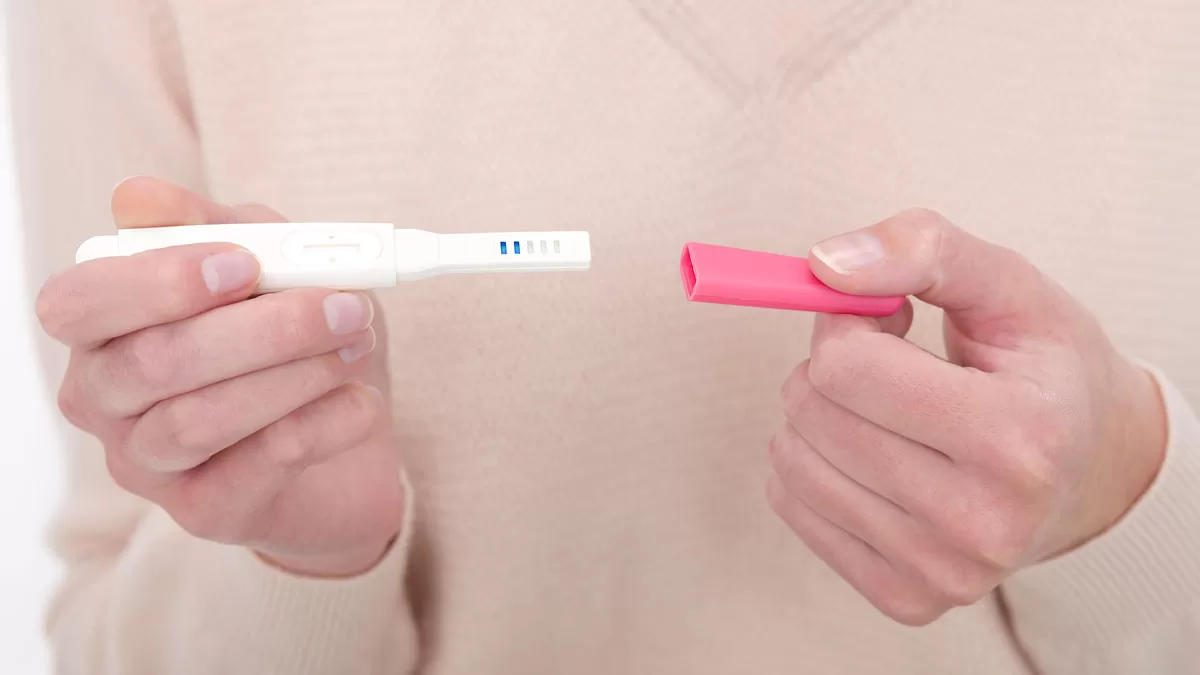TWS headphones have become popular with in-ear options, but not everyone likes having ear tips inside the ear canal. Luckily, JBL noticed this with the launch of the Wave Flex, which has an “open design”.
The JBL Wave Flex is a headphone with good sound quality and without insulating tips. They are the ideal headphones for those who want to listen to music without completely isolating themselves from their surroundings.
I tested this model and explain below, in more detail, what you can expect from the JBL Wave Flex.
? See the price of the JBL Wave Flex at Magalu
? See the price of the JBL Wave Flex on Zoom
? See the price of the JBL Wave Flex on Amazon
“Open stick” design
The Wave Flex earpiece has a comfortable “open stick” design. That means it doesn’t have an in-ear tip that blocks the ear canal. On the one hand, this means that the headset fits on the outer side of the ear. On the other hand, it means that it does not have the acoustic isolation present in most TWS headphones.
Personally, I prefer these models without the insulation. It is true that the sound is significantly impaired, but tips inside my ear canal bother me a lot. And most even hurt with prolonged use.
Each side is shaped like a lollipop, with rods and an irregular ball, inside which are the audio drivers. The tactile controls are made on the straight part of the rods.
The carrying case is square in shape, and not too big. On the front, just below the projection to open the lid, an LED light indicates when there is charging or if the case lacks battery. At the back, there is a USB-C connector for charging it.
The headset is almost entirely made of plastic, with silicone tips to offer better grip and comfort to the ear. The handset is relatively comfortable to wear for long periods. In six hours of use, I felt little discomfort, but I have a slightly higher sensitivity than usual.
Wave Flex is water and dust resistant with IP54 protection. It can be used for exercising, as sweat will not damage it. But it cannot be used underwater. The case is IPX2 certified, and can only withstand splashes of water.
Connectivity and usability
With Bluetooth version 5.2, Wave Flex easily connects to any current device. There is no information about the range of the signal, but I managed to use it without a problem. I got as far as about 10 meters away from walls and other obstacles without gagging on the music.
It also supports the JBL Headphones app, with several extra features. As it does not have active noise cancellation (ANC), the Wave Flex comes with Ambiente Aware or Talk Thru options. The first is for listening to what’s going on around you, and the second is for listening to interlocutors while listening to music.
The app also has an equalizer, so you can adjust treble, midrange, and bass. And you can customize touch controls, including one for your voice. It also has an audio or video mode, the second of which seeks the best lip sync performance in series, movies and the like.
Perhaps a big downside of this app is battery monitoring. You can only see the consumption of 10% by 10%, there is no more precise percentage. If it were 5% by 5%, it would help a lot.
Clean and balanced sound
The audio quality of the JBL Wave Flex is not the best for someone who has already tested a good amount of TWS headphones. But considering the open design and price range, I can say that it’s a worthwhile headset for those who don’t like the insulating ear tips.
I found that the audio is not as crisp as it is on Tune Flex. The distinction between highs and lows is not so clear on the Wave Flex, and it’s not just because of the open design.
The sound has a good balance, without losing too much in any treble or bass frequencies. It doesn’t use the JBL Pure Bass, but it has a Deep Bass, which also gives an extra boost in the bass. There are quite a few EQ presets, and I found the JBL Wave Flex EQ to be the best.
This option boosts the highs and lows to better balance the overall sound. Of course, you can choose others, such as Jazz, Vocal, Bass and Extreme Bass, depending on the type of music you are going to listen to. Or customize and create an EQ for your headphones.
Remembering that this phone does not have active or even passive noise cancellation. You can only be aware of your surroundings or give your voice a boost. This second feature is to hear your interlocutor better without having to stop the music. I’ve tried both and, honestly, I didn’t feel much of a difference.
Long lasting battery as promised
JBL predicts up to 8 hours of playtime on a single Wave Flex charge, plus 24 hours with the carrying case. That is, about three recharges with the case before needing an outlet. Total 32 hours of battery life, therefore.
I tested the headset for six hours of uninterrupted high quality music on YouTube Music. There were also a few moments where music and videos on social media were playing simultaneously. At the end of the test, the phone still had 30% charge.
That is, it is possible to extract even more than the eight hours of direct playback. This, of course, at a medium volume. At most — which is not recommended, as it can damage your hearing — this time may be a little shorter.
Wave Flex does not report the amount of charge in the carrying case. In my tests, even after a total of more than 10 hours of playback, there was still charge in the case.
direct competitors
The official price of the JBL Wave Flex is R$400. There are better headphones at slightly higher prices, and some slightly lower at lower prices. Speaking of the second case, we have the QCY T20 AlyPods. It costs around R$300 and has a slightly less clean sound.
The Edifier W220T is around R$ 400, and has even better sound. Wave Flex, AliPods and this model from Edifier do not have insulating tips. And that could be the big differentiator you’re looking for in a TWS headset.
JBL itself has a hybrid model, which can be used both with open tips and insulating tips. It’s the Tune Flex, which has a slightly better sound and a case that shows the amount of charge. It costs about R$ 500 in online retail.
O JBL Wave Flex vale a pena?
I really like seeing TWS headphones without the insulating ear tips. I understand that they are options for a smaller audience, but it is important that options like this exist in the market.
And, even with the disadvantage of not insulating the ear as well and not having as accurate a sound, I liked the Wave Flex. It would be an option for me to buy if I was actively looking for a headset to buy right now.
There are a few negatives I need to mention, however. The lack of information about the case load is one of them. In addition, for the price charged, the phone could have active noise cancellation. Headphones that don’t cost much more offer this feature.
But the balanced audio — especially for listening to alternative rock, with not very good recording quality — and the good battery life are good points. Especially for a lower priced headset. In retail, this model can be found close to R$ 300.
? See the price of the JBL Wave Flex at Magalu





